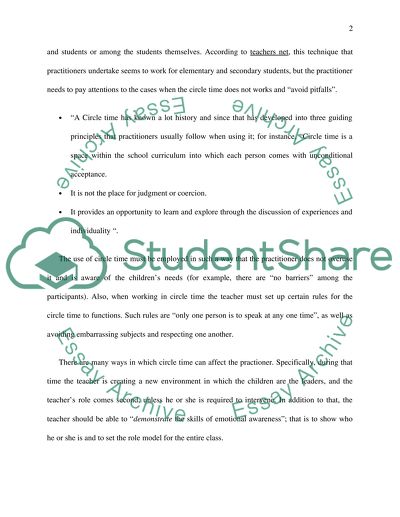Cite this document
(The Impact of Formative Assessment on Student Learning Research Paper, n.d.)
The Impact of Formative Assessment on Student Learning Research Paper. Retrieved from https://studentshare.org/education/1534521-primary-education-idenification-of-3-targets-associated-with-pedagogy-in-prepartion-for-8-week-teaching-experience-in-a-mainstream-primary-setting
The Impact of Formative Assessment on Student Learning Research Paper. Retrieved from https://studentshare.org/education/1534521-primary-education-idenification-of-3-targets-associated-with-pedagogy-in-prepartion-for-8-week-teaching-experience-in-a-mainstream-primary-setting
(The Impact of Formative Assessment on Student Learning Research Paper)
The Impact of Formative Assessment on Student Learning Research Paper. https://studentshare.org/education/1534521-primary-education-idenification-of-3-targets-associated-with-pedagogy-in-prepartion-for-8-week-teaching-experience-in-a-mainstream-primary-setting.
The Impact of Formative Assessment on Student Learning Research Paper. https://studentshare.org/education/1534521-primary-education-idenification-of-3-targets-associated-with-pedagogy-in-prepartion-for-8-week-teaching-experience-in-a-mainstream-primary-setting.
“The Impact of Formative Assessment on Student Learning Research Paper”, n.d. https://studentshare.org/education/1534521-primary-education-idenification-of-3-targets-associated-with-pedagogy-in-prepartion-for-8-week-teaching-experience-in-a-mainstream-primary-setting.


